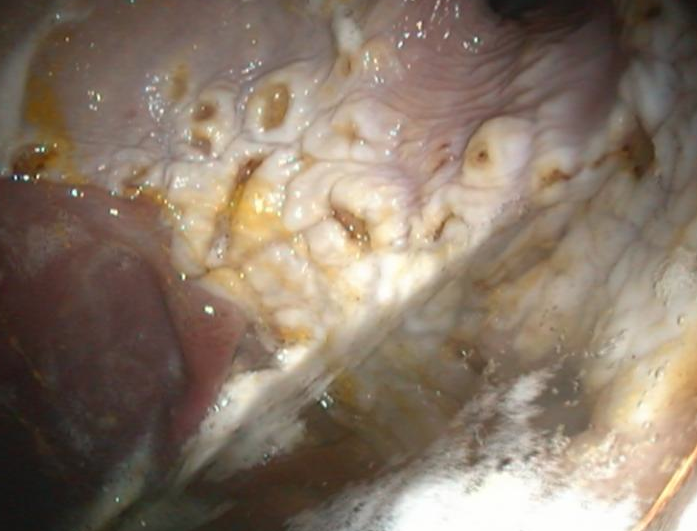Welcome to Chino Valley Equine Hospital
- 2945 English Place, Chino Hills, California, 91709, USA. Telephone (909) 628-5545

Endoscopy
Endoscopy involves using a small camera on the end of a tube, called an endoscope, to take images of the body as it is passed along the desired surface (i.e. esophagus, airway). Upper and lower airway endoscopy involve examining the airways (trachea) and pharyngeal regions, including the guttural pouches. Gastroscopy involves passing the endoscope down the esophagus to the stomach.
Gastric Ulcers
Ulcers are a common medical condition in horses and foals. It is estimated that almost 50% of foals and 1/3 of adult horses confined in stalls may have mild ulcers. Up to 60% of show horses and 90% of racehorses may develop moderate to severe ulcers. Because they are so common, and can occur as a result of a number of factors, the condition is often called "equine gastric ulcer syndrome" (EGUS) or "equine gastric ulcer disease" (EGUD).
The surgeons at Chino Valley Equine Hospital regularly perform gastroscopy to evaluate the horses stomach.
Treatment
Medications and changes in management practices are the cornerstones of therapy for equine gastric ulcers. Different medications are used for three purposes: (1) to decrease acid production, (2) to buffer the acid that is produced, and (3) to protect the lining of the stomach from the effects of the acid:
H2 blockers: These are medications that block the action of histamine. Histamine stimulates the production of stomach acid. Example: Cimetidine, ranitidine.
Proton pump inhibitors: These are medications that inhibit the production of acid by the stomach
Buffers: Antacids buffer the action of the stomach acid. Because acid is constantly being produced in the horse, antacids are effective for only a short time (less than an hour) and require large amounts be given. This makes them relatively impractical in the horse, though their use on the day of performance or a stressful event may be beneficial.
Protectants: Certain drugs can block acid from coming into contact with the stomach lining. Unfortunately, these do not appear to be as effective in the esophageal portion of the stomach. Example: Sucralfate.
Many ulcers in foals heal without treatment. In adults, the clinical signs may improve within 1-2 days of starting treatment, but it takes far longer for the ulcer to actually heal.

An example of severe, gastric ulceration.




